06 December at 07:40PM
Adaptive Project Management: The Construction Behind Sustainable Designs

Adaptive and iterative project management is more readily used because of its focus on delivery and project outcomes. Why is this so relevant for the Construction Community? Simply put, sustainability and environmental designs are becoming foundational for projects tackling climate change.
On October 14, PMI Toronto’s Construction Community invited two guest speakers from Ecosystem to speak about how they manage sustainable construction projects. Ecosystem is a company specializing in energy-efficient construction projects—new builds, retrofits and more. Karim Hajjaj and Asaph Benun were engaging speakers who introduced several interesting topics and examples throughout the evening.
The main topic was a discussion relating to adaptive project management and how it relates to sustainability in the construction industry.
The session’s objectives were:
- To understand how an outcome-based project approach aligns with PM principles
- To master the challenges in outcome-based project management
- To share strategies for information management in outcome-based projects
- To clarify the project manager’s role in education and stakeholder alignment
More and more engineering and construction projects are required to meet ambitious sustainability targets for existing buildings—aligned with national & global emissions reduction targets—and adjust to rapidly changing business environments.
To tackle these challenging projects, we can apply adaptive or iterative project management. Karim and Asaph demonstrated watchouts when using these approaches. They also shared strategies for alignment in interests, stakeholder engagement, cost/value management, and more to maximize sustainability project outcomes.
So, What Is an Outcome-Based Project Approach?
Project Example—Montreal Biodome
As opposed to a traditional project management approach in construction (i.e., tender > design & bid > build > close), an outcome-based approach looks at the results that are desired. Such as approach was used for the Montreal Biodome project.
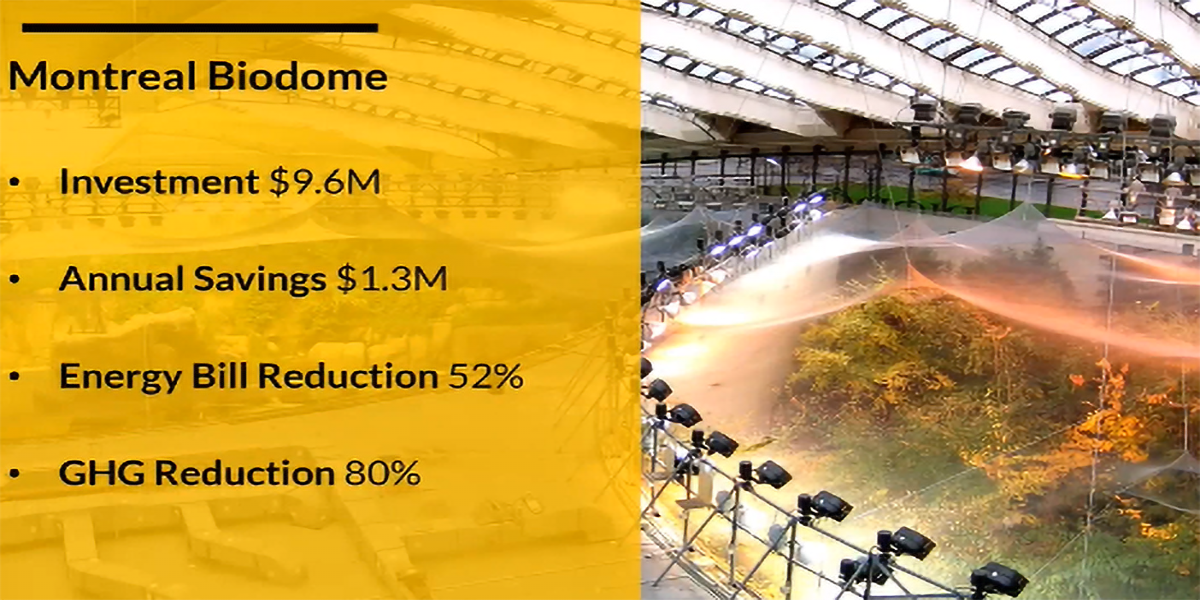
This project was a major investment in modernizing the Biodome attraction, a building housing four unique biodiverse environments and filled with animal and plant life.
The different areas of the Biodome are heated (tropical) or cooled (Arctic, Antarctic) therefore, utilizing large amounts of energy.
A focus of the redevelopment was to allow for the reduction of energy consumption and GHG emissions. The excess heat from the cooling system in the Arctic region was used to heat the tropical area in a closed loop all while minimizing waste.
Another important factor to consider was the welfare of the animals. Asaph shared an example of one important stakeholder group—the tropical birds.
Due to the heating in the tropical area, the existing lighting would overheat and generate a buzzing noise. This buzzing overpowered natural calls/tweets which led to the birds becoming quiet. Unable to hear each other, and discouraged from “talking”, they stopped communicating altogether. While maintenance teams would work on the lights to reduce the buzzing noise, their access was difficult and therefore slow to correct the issue. An unrealized stakeholder—the on-site zoologist—conveyed their concern with the project team.
The project team then worked with all stakeholders to understand the balance of each requirement and their solution was to raise the lights closer to the ceiling of the biodome. The overheating was reduced because the cooler outside air was closer. Maintenance was easier due to pre-existing access routes to the roof, and in addition to reduced energy costs and less GHG emissions, the birds were able to start talking again in the quieter environment.
Happier birds made for a much livelier atmosphere and greatly improved the visitor experience too!
Challenges in Outcome-Based Projects
Project Example: Quebec CHUL Hospital Retrofit
A project for the Quebec CHUL Hospital was used as an example to show how outcome-oriented thinking was needed to avoid negative impacts on patient welfare.
The project was to redevelop the hospital’s aging infrastructure. This would involve replacing obsolete electromechanical equipment in critical areas such as in the ER and operating rooms, so that the facility would be more modern, would reduce environmental emissions and costs, and improve patient welfare.
The PM had to focus on stakeholder management when working on patient rooms to provide smooth care and support. Coordination with the clinicians, technicians, construction crews—everyone on the relevant floors in fact—was required! The PM’s goal was to complete all the required work in the least disruptive sequence ensuring patient care was uninterrupted.
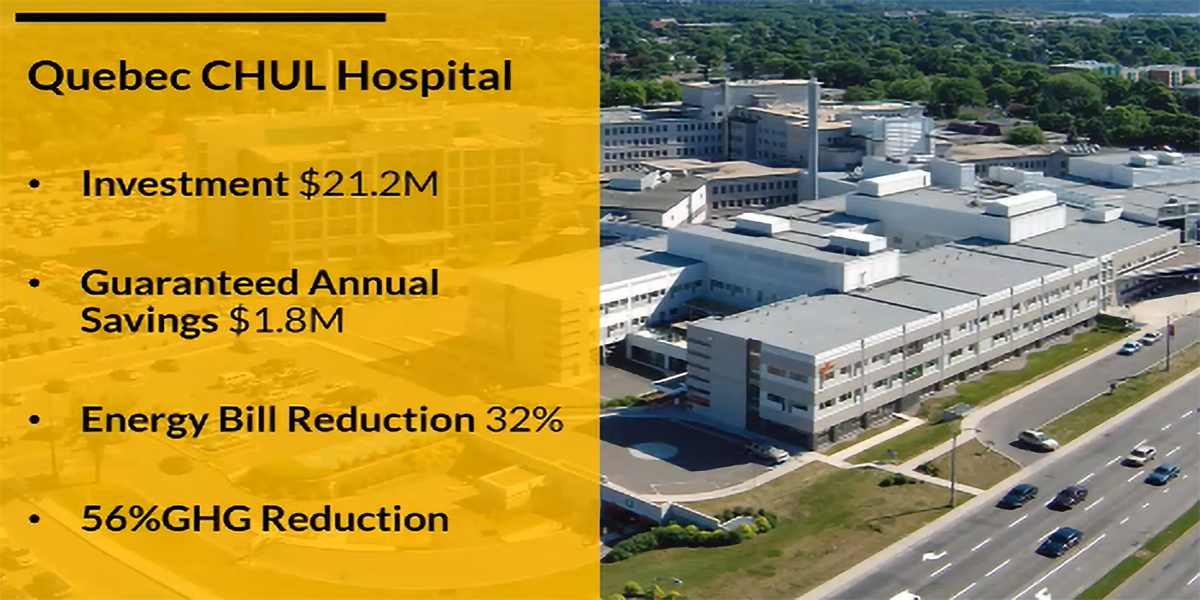
Innovation: Montreal Olympic Park, Barry Callebaut, MEMA
Montreal Olympic Park
Asaph shared a story from the Montreal Olympic Park project. One of the construction manager’s recalled that upon arriving on the Metro for a site visit midway the pedestrian tunnel walls at the park entrance were wet.
Later it was discovered—amongst conversations with city officials—that beneath the Olympic park was an underground lake. The construction team then developed proposals to introduce geothermal energy into the project.
Since this was not in the original scope, and as PMs we know, in a traditional project approach introducing a new solution such as this would require reworking the scope, additional time and costs, and so much more.
But by using an outcome-based approach this made the revision plan simpler and led to faster delivery by using a more efficient energy source. A bonus was that the team was able to meet some of the energy efficiency requirements too. So, they pivoted to introduce geothermal energy in their solution. Since heat recovery was part of the new infrastructure there were massive energy cost savings realized; less than 26% across the whole year. In fact, one month the bill was $0, which had never happened before!
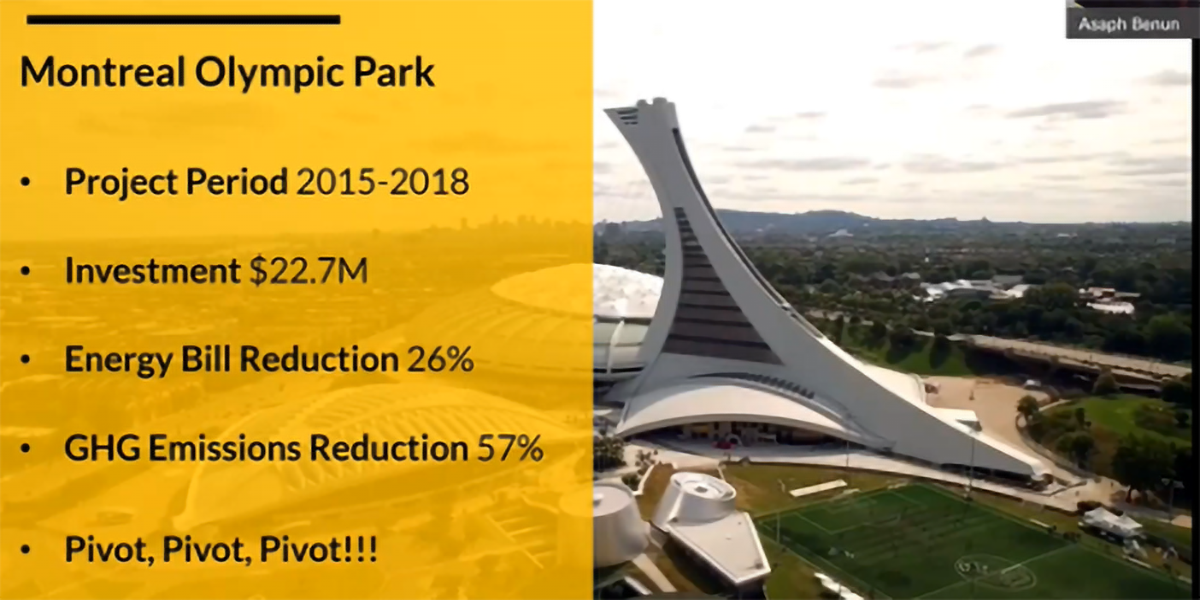
Barry Callebaut
Let’s turn to another project, this one was at a chocolate roastery. The goal for the project was to increase production. The roasting process is managed by boilers and the organization needed more capacity. Typically, a new boiler would be fitted to replace an old boiler, and the project would be completed.
In discussions with all the stakeholders it was understood that the cocoa bean shells are discarded waste during the process. The new plan was to invest in a new boiler that could burn those discarded cocoa shells and use this as a fuel source. It would mean reduced energy costs and avoiding any methane emissions from the decomposing/disposed cocoa shells.
Integrated engineering and construction resolved the issue and even enabled solutions for other issues that arose. The end result was that the project was a success and Barry Callebault continues to use the same boilers today.
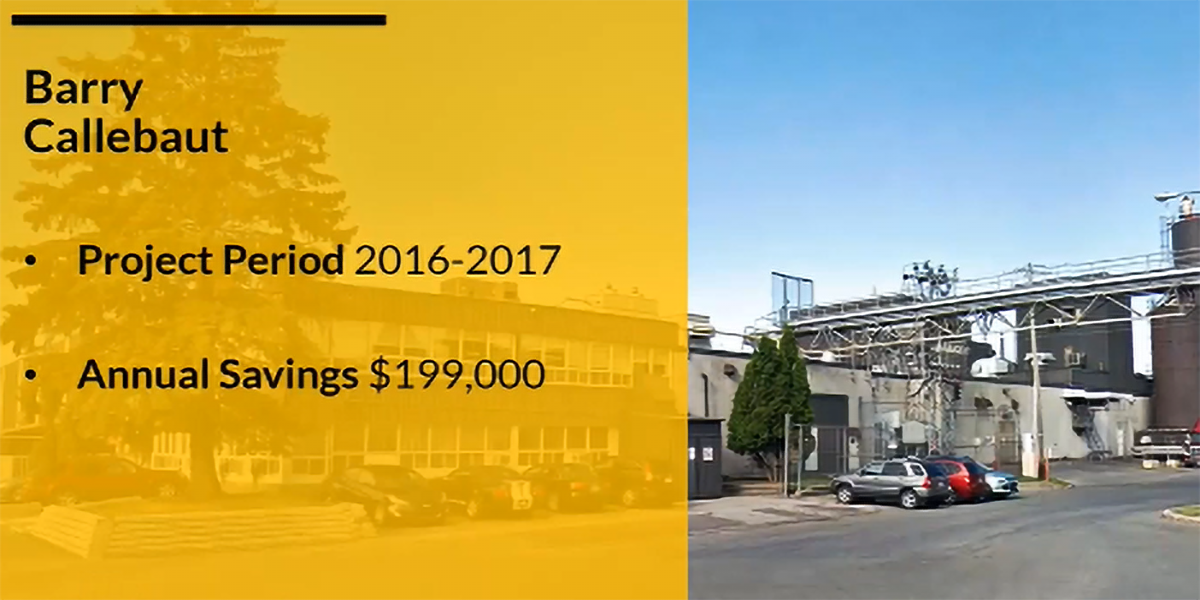
Massachusetts Emergency Management Agency
In a converted cold war missile bunker, the MEMA runs their facilities underground. The project was tasked to reduce water consumption and GHG emissions. The approach was to replace boilers, gas lines, and retrofit a new heating system.
After site inspections the engineers found that server rooms, for example, generated a lot of heat that was unable to easily be expelled from the underground building. Instead of viewing this as waste, the decision was made to use a heat pump to capture and repurpose that excess heat. It would be used to heat the entire facility throughout the year, and only a small boiler was needed to handle the extremely cold months in Winter. The result was a reduction in the project budget and more energy efficiency in the long run.
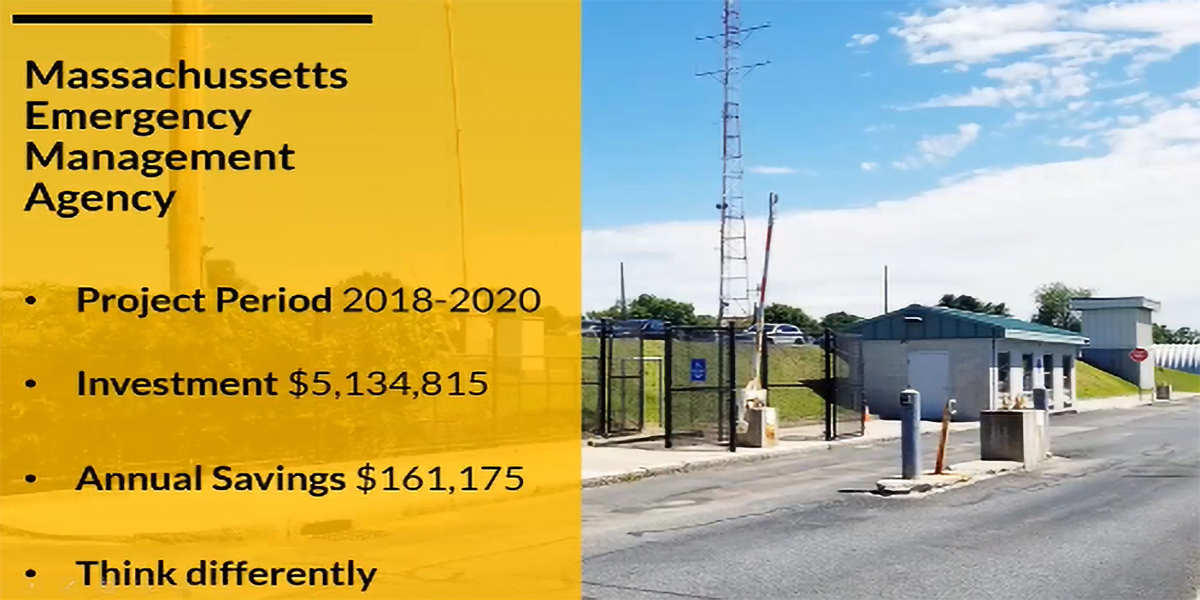
Schedule, Cost, & Information Management: In a Hospital Who Needs to Know What?
The projects introduced earlier had one thing in common. They all relied on budgets to judge their success. Now, let’s turn to a comprehensive view of schedule, cost, and information to synergize and select the best solution.
Let’s consider that we judge the total cost of ownership for our projects. If we select some type of equipment (e.g., a heat pump), there is a price tag associated. What about the maintenance costs, life cycle costs, or replacement costs? Over time, parts deteriorate and need to be replaced or require more resources. The most sustainable option today might not be the best long-term sustainable solution. We must think about this comprehensive view.
How we use tools like Primavera or MS Project can also shape our information flow among project managers and stakeholders. While some may use such tools for scheduling construction, if we load our spending plans or resource utilization into the same tools, we have the possibility to develop spending curves and forecasts in the long run.
Good communication between the project team, client, and all stakeholders is a critical part of outcome-based project management. We should adapt our communication to suit our audience, ensure we focus on the progress towards the outcomes, rather than on activities. Regular communication with the stakeholders before, during, and after any change is key. Humans don’t like change! But if you regularly communicate; if you manage the pace and messaging; if you provide awareness ahead of time; then the level of impact can be minimal and you can keep moving towards the outcomes.
Note that stakeholders can include anyone at any level—upper management, sponsors, or people funding the project, or people being affected by your construction.
In the example about the hospital in Ontario, the communication approach with the nurses had to be tailored to get their buy-in, and to avoid disruption. Listening sessions and asking for future requirements/goals by department was folded into the project deliverables and led to outcomes that were favourable to everyone.
Summary: Driving Sustainability
Why are we—Ecosystem—talking about sustainability outcomes today? Ecosystem values responsibility, respect, fairness and honesty. Looking towards the future, sustainability will continue to be a required outcome for projects for future generations. Sustainability should be aligned with our values as project managers.
It is important to society and as project managers we can influence stakeholders to include sustainability solutions to be a necessary project outcome.
We start by asking questions, making sure we think about the consequences of our actions or decisions, and making sustainability solutions a fundamental part of any project we work on. The best way to achieve this is to add it to the contractual requirements. For example, mandating a goal of 50% energy reduction and 50% GHG emissions reduction. When that figure is a contractual obligation, the project team will strive to achieve the desired outcomes.
PMIT’s Construction Community
The PMI Toronto Chapter is the world’s biggest local community of project managers, counting over 5000 members. Groups focusing on specialty areas, such as the Construction Community—founded in 2016—enable people with common interests and experience to come together and share their knowledge, raise awareness, network, and more.
If you are interested in learning more about the Construction Community team at PMIT, check out their homepage by clicking here or join upcoming events, by viewing the Events Calendar for details.




